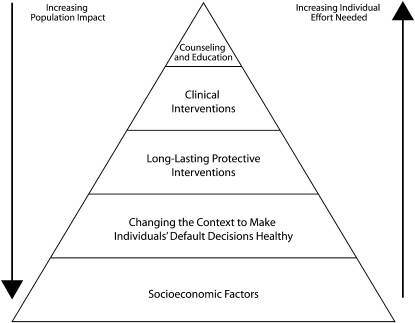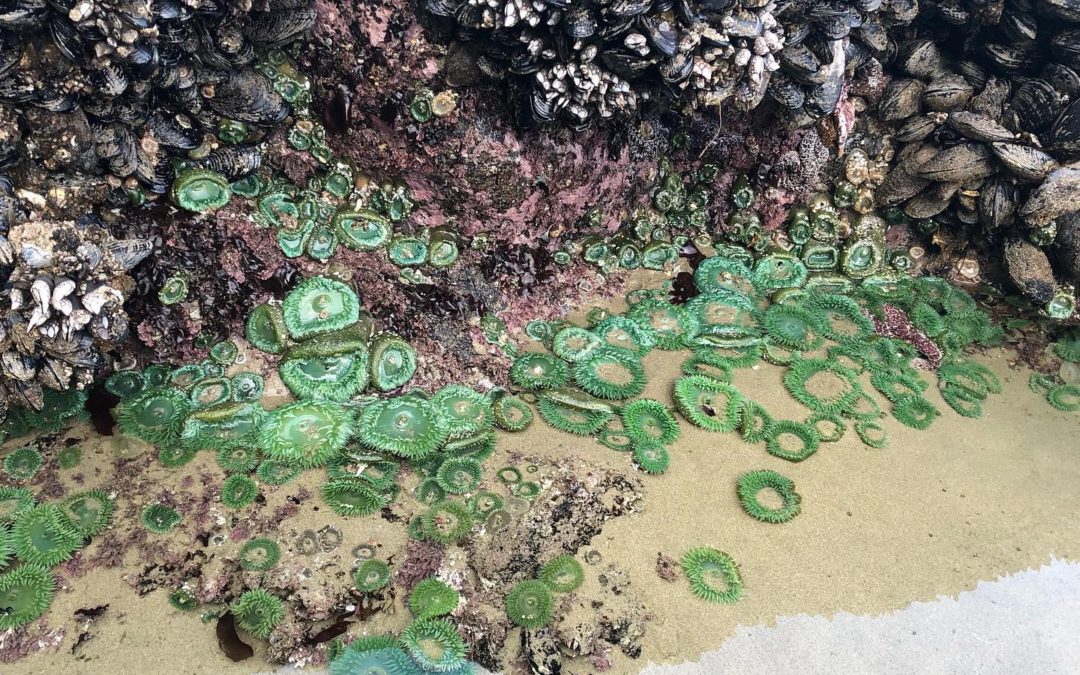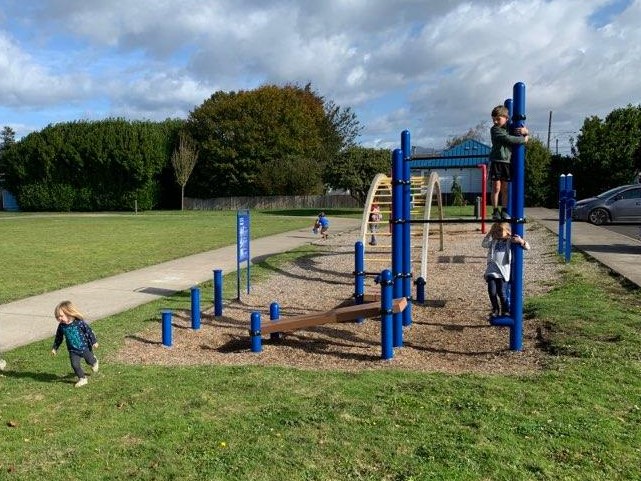
Investing in Community Health
Two-for-one sales are always popular. We get twice as much for the cost of one. What if we can get a three-for-one deal? Wouldn’t that be awesome? In healthcare, this is referred to as the “Triple Aim.” Developed by the Institute for Healthcare Improvement, this framework sets a goal of improving population health, as well as quality of individual care, while at the same time reducing healthcare costs.
It may sound too good to be true, but great strides are being made to accomplish the Triple Aim. This isn’t just a good idea. It is necessary, given escalating rates of preventable illness and healthcare costs. Because the factors that influence health extend beyond the healthcare system, other sectors must become part of the “Triple Aim” solution. Government, schools, businesses, faith-based and civic organizations are just some of the partners that can help.
The Centers for Disease Control and Prevention (CDC) has developed the Health Impact Pyramid, a resource that helps communities understand how to get the best return on investment when working to improve population health. Traditionally, most of the time and money invested in helping people get or stay healthy happened at the top of the pyramid in the form of counseling, education and clinical interventions. While these are important strategies, they require more individual effort and often do not fully address the underlying, root causes affecting individual health.
Research has shown that investments in factors that influence a person’s education, employment and housing status, known as socioeconomic factors, can achieve a much higher rate of return. For example, community investment in early childhood development and care impact a child’s success in school and this will likely lead to a better job down the road. Education and employment status are associated with better health in adulthood.
The second level of the pyramid relates to making default choices healthier where people live, work and play. If we live close to a store that sells fruits and vegetables, we tend to eat more of those foods than someone who must travel a long distance to purchase them. Similarly, conveniently located sidewalks, bike lanes and trails make being active easier. Research shows that people who live in walkable communities are more active and healthier.
Continuous, paved pathways provide safe, accessible opportunities for all citizens to become more physically active. Currently, there are few places like this in Tillamook County. Kilchis Point Reserve, near Bay City, is a popular trail. Another good example is Bud’s Fitness Trail at Tillamook Junior High School. These paths allow people of all abilities to enjoy being active outdoors and accommodate strollers, walkers and wheelchairs. These off-road paths, such as the planned Crosstown Connections rail spur between Goodspeed Park & Hoquarton Slough, allow families with small children to recreate safely, even allowing a young child to skate, ride a bicycle or scooter – all important activities for physical development and social connectivity.
These paths are free to the public and open year-round. The return on investment comes from the increased health and community livability these resources provide. Development of the proposed Salmonberry Rail Trail within our coastal communities stands to not only generate significant economic development but also positive community health benefits.
By visiting a local recreational area, you can check off a square on your Explore Your Outdoors BINGO card to enter to win a prize. Cards are available on-line at https://tillamookcountywellness.org/move-well/great-places-to-get-moving/ or can be picked up at NCRD, the Y and Inn at Cape Kiwanda. You won’t want to miss out – the adventure ends September 25th!
For more local health and wellness information, follow Tillamook County Wellness on Facebook, Instagram and Twitter.
Author: Michelle Jenck, TC Wellness Coordinator


